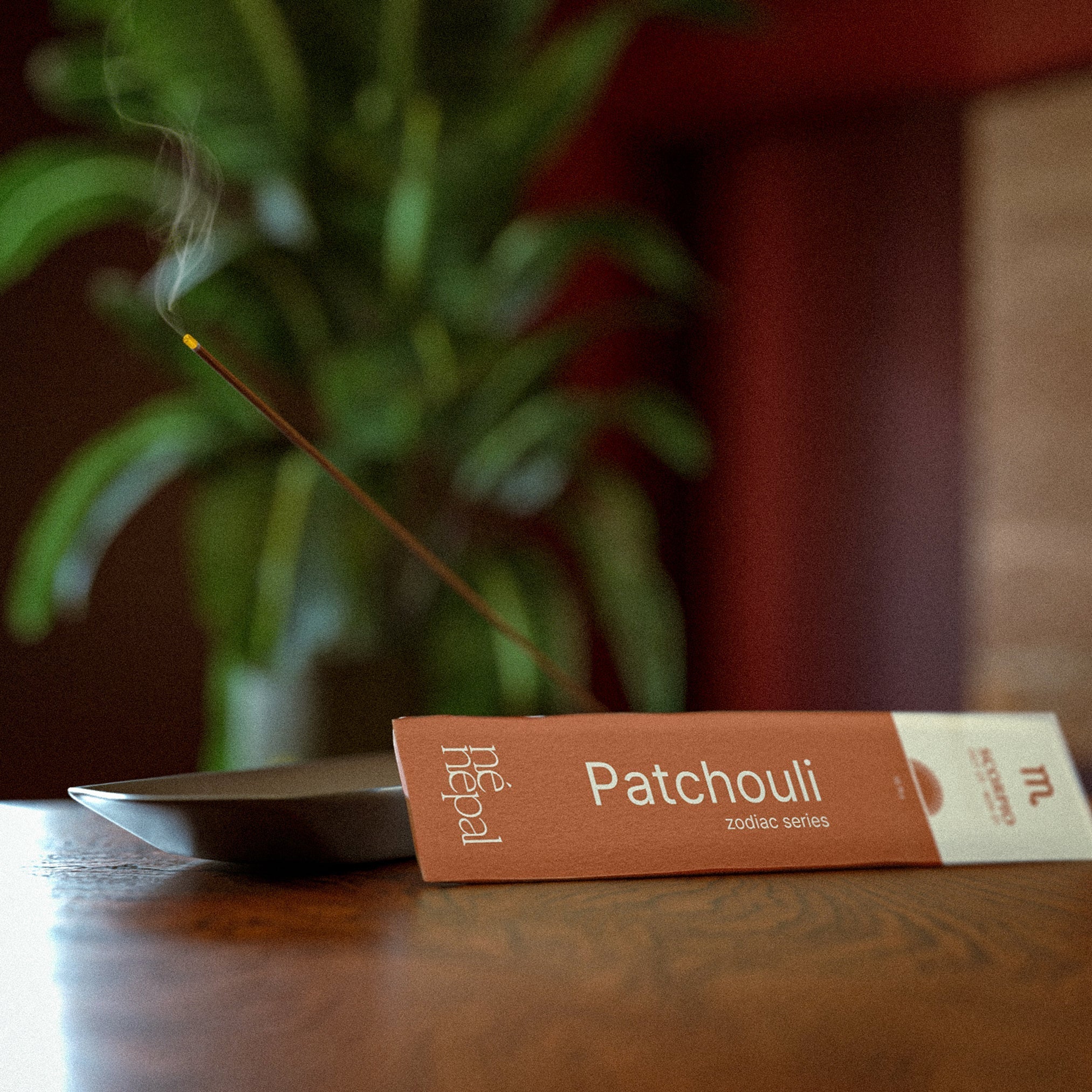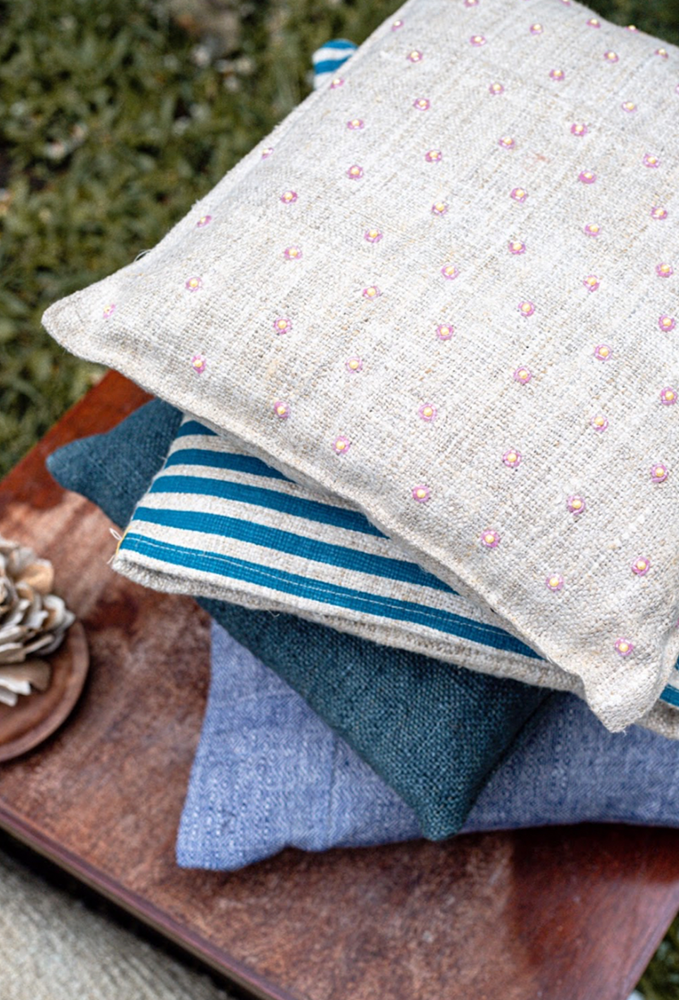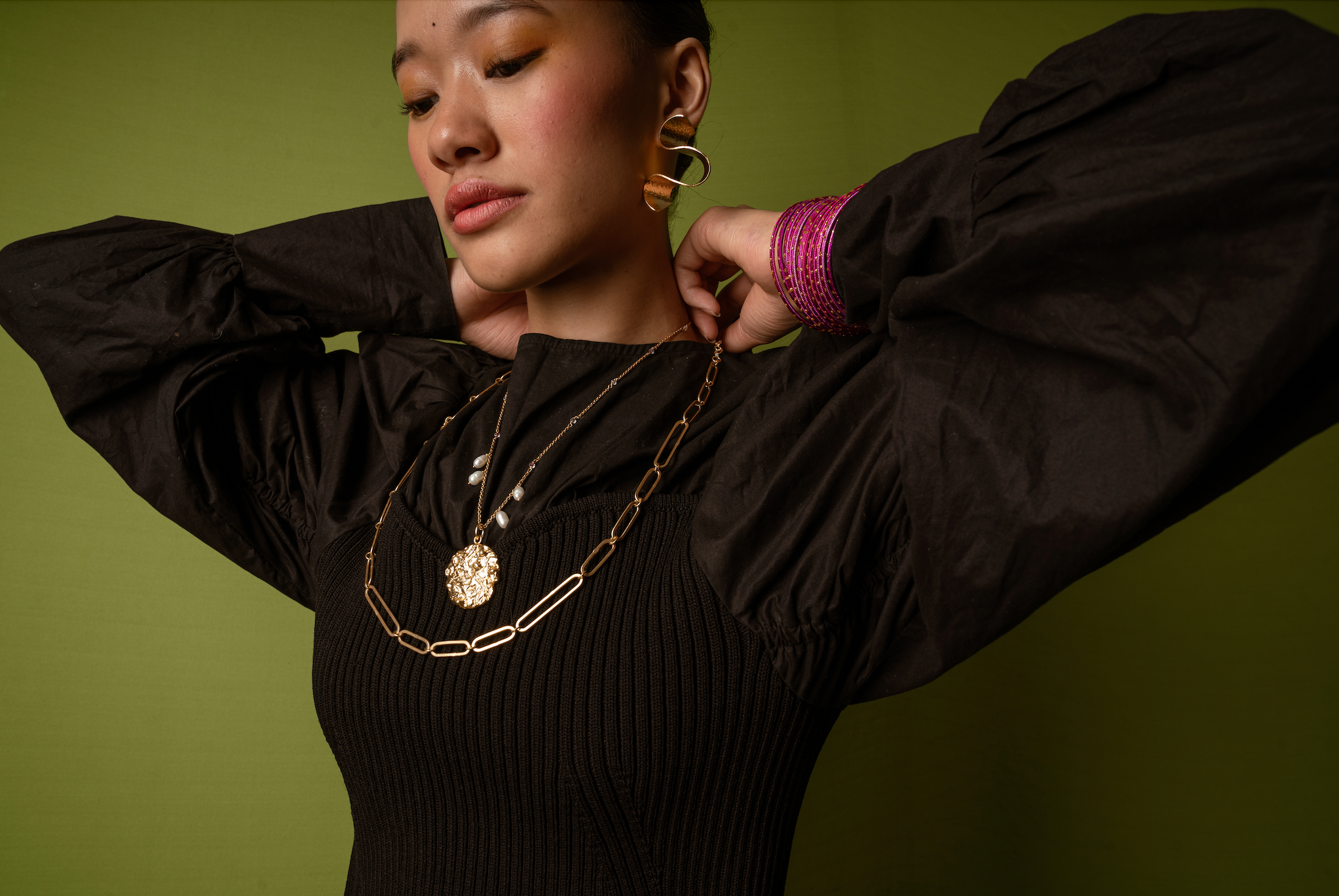Ceramic teapots are beloved for their aesthetic appeal and traditional tea brewing. But can they handle stovetop heat? The answer isn’t straightforward.
This guide dives into safety, compatibility, and best practices for using ceramic teapots on stoves, ensuring your tea rituals remain elegant and safe.
Understanding Ceramic Teapots and Stovetop Use
While ceramic teapots excel in retaining heat, most aren’t designed for direct stovetop use due to thermal sensitivity.
Ceramic teapots are beloved for their aesthetics and ability to retain heat, making them perfect for serving tea. However, not all ceramic teapots are created equal.
Some are designed purely for brewing and serving, while others are made to withstand direct heat.
Specific models marked "stovetop-safe" can withstand controlled heat. Factors include:
-
Stove Type: Gas, electric, or induction (requires a metal base for induction).
-
Ceramic Material: Dense stoneware or high-fire ceramics handle heat better than delicate porcelain.
-
Design: Flat-bottomed teapots with reinforced glazes distribute heat evenly.
Key Takeaway: Always verify your teapot’s stovetop compatibility via the manufacturer’s guidelines.
Types of Ceramic Teapots
1. Decorative Ceramic Teapots
These teapots are primarily designed for serving tea while adding an artistic touch to your tea setup. They are valued for their aesthetic appeal rather than functional durability, making them ideal for display and special occasions. Their intricate patterns and unique designs create an elegant and visually pleasing tea experience.
Often crafted from delicate ceramics, these teapots showcase artistic detailing such as hand-painted motifs, floral patterns, or themed decorations. The emphasis is on visual beauty, with artisans incorporating fine craftsmanship to create elegant and collectible pieces.
Since they are made with fragile materials, these teapots are unsuitable for stovetop use. They should only be used for steeping tea with pre-boiled water, as direct exposure to heat can cause cracking or damage.
2. Heat-Resistant Ceramic Teapots
Designed for durability, heat-resistant ceramic teapots can handle direct contact with boiling water, making them suitable for traditional brewing methods. These teapots are perfect for tea enthusiasts who prefer to pour hot water directly into the pot or heat water on a stovetop.

Constructed from high-quality, thick ceramics, they are specially formulated to endure thermal stress. Their sturdy build, often accompanied by a specialized glaze, ensures they do not crack or shatter when exposed to high temperatures. Many of these teapots come with stovetop-safe labels to indicate their heat resistance.
While these teapots are strong enough to boil water, not all are compatible with direct stovetop heating. It is important to check the manufacturer’s instructions to ensure safe usage.
3. Porous Ceramic Teapots (e.g., Yixing Teapots)
Porous ceramic teapots are widely used in traditional Chinese Gongfu tea ceremonies and have been known to enhance tea flavors over time. They absorb the natural oils of the tea, allowing the teapot to develop a unique seasoning that enriches the taste of each brew. Tea connoisseurs adore these teapots and appreciate the depth of flavor from repeated use.
Made from unglazed clay, such as Yixing clay, these teapots have a porous texture that retains the essence of the tea. The unglazed surface absorbs the tea’s aroma and flavors, creating a natural seasoning that deepens with each use. This characteristic makes them ideal for brewing specific types of tea.
Because of their absorbent nature, these teapots should not be used for multiple types of tea, as flavors can mix and alter the intended taste. They are not designed for stovetop use and should only be used for steeping and serving tea.
4. High-Fired Ceramic Teapots
High-fired ceramic teapots are known for their exceptional durability and resistance to cracking. Their sturdy construction makes them a practical choice for everyday tea brewing, as they can withstand frequent use without compromising quality. They are often chosen for their combination of strength and elegant design.
Made from stoneware or other high-fired ceramics, these teapots undergo intense heat treatment during production. This process makes them less porous and more resistant to sudden temperature changes, increasing longevity. Some may have textured or glazed finishes that add to their aesthetic appeal.
While they are more durable than standard ceramic teapots, not all high-fired ones are stovetop-safe. It is essential to check product specifications before exposing them to direct heat.
5. Functional Ceramic Teapots with Infusers
These teapots are designed for convenience, catering to those who prefer a hassle-free tea-making experience. They include built-in infusers that allow for easy brewing of loose-leaf tea, making them a popular choice for modern tea drinkers. Their user-friendly design ensures a smooth and enjoyable tea preparation process.
Typically made from durable ceramics, these teapots prioritize functionality while maintaining an attractive appearance. The built-in infuser, often made of metal or ceramic, allows tea leaves to steep efficiently while preventing them from escaping into the tea. Ergonomic handles and well-designed spouts contribute to effortless pouring.
Although these highly functional teapots are generally not meant for stovetop use. They are best suited for steeping pre-boiled water and serving tea rather than heating liquids directly.
6. Vintage or Antique Ceramic Teapots
Vintage and antique ceramic teapots are treasured for their historical significance, craftsmanship, and sentimental value. Many collectors and tea enthusiasts appreciate these teapots as functional items and decorative pieces that reflect cultural heritage and artistry.
Crafted from older ceramic materials, these teapots often feature intricate designs, hand-painted details, and unique shapes. They may come from specific historical periods, making them valuable additions to antique collections. Their craftsmanship reflects the techniques and aesthetics of the era in which they were made.
Due to their age and delicate nature, these teapots are often fragile and unsuitable for everyday use. Frequent exposure to heat or boiling water can cause them to deteriorate, so they are best reserved for display or occasional tea service.
Key Differences
| Type | Material | Intended Use | Stovetop Safe? |
|---|---|---|---|
| Decorative Ceramic Teapots | Delicate ceramics | Serving tea | No |
| Heat-Resistant Ceramic Teapots | Durable ceramics | Stovetop brewing | Yes |
| Porous Ceramic Teapots | Unglazed clay | Flavor absorption | No |
| High-Fired Ceramic Teapots | Hard-fired ceramics | Brewing and serving | Sometimes (check label) |
| Functional Ceramic Teapots | Durable ceramics | Everyday tea brewing | No |
| Vintage/Antique Teapots | Older ceramics | Display or serving | No |
Safety Precautions for Stovetop Use
1. Ensure Stovetop Compatibility
Before placing your ceramic teapot on the stove, verify whether it is explicitly labeled stovetop-safe or heat-resistant. Not all ceramic teapots are designed for direct heat exposure, and using one without proper labeling can lead to cracks or shattering. Check the manufacturer's instructions or product details for confirmation.
Additionally, examine the material and glaze. Heat-resistant ceramics are built to handle thermal stress, but decorative teapots with delicate glazes are unsuitable for stovetop use. If unsure, avoid exposing the teapot to direct heat and consider alternative brewing methods.
2. Manage Heat Levels
Always use low to medium heat when placing a stovetop-safe ceramic teapot on the stove. Extreme heat can lead to thermal shock, a sudden expansion or contraction of the ceramic material, which might result in damage. Gradual heating ensures the ceramic adjusts to the temperature safely.
Never place an empty ceramic teapot on the stove, as the absence of liquid can cause overheating and stress on the material. Pre-warm the teapot with warm water to help it acclimate to the heat before adding boiling water or tea leaves.
3. Prevent Sudden Temperature Changes
Sudden temperature changes can compromise the integrity of the ceramic teapot. Avoid pouring cold water into a hot teapot or placing it directly on a cold surface immediately after heating. These abrupt transitions can lead to cracking.
Let the teapot cool naturally after use, and clean it with warm, not hot or cold, water to maintain its durability. When serving tea, use a trivet or coaster to protect surfaces and prevent potential damage to the teapot.
4. Use a Heat Diffuser
A heat diffuser is a simple yet effective tool to protect your ceramic teapot when using it on the stove. It acts as a barrier between the direct flame or heat source and the teapot, evenly distributing the heat and reducing the risk of cracking or thermal shock. Place the diffuser on the stovetop before setting the teapot on top, especially if the teapot's material is sensitive to uneven heating.
Heat diffusers are particularly useful for gas stoves, where the flame can concentrate heat in a small area. By using one, you extend the life of your ceramic teapot and ensure the tea heats evenly for a better brewing experience.
5. Be Mindful of the Handle and Lid
Ceramic teapots often come with ceramic handles and lids, which can become extremely hot during stovetop use. Always use oven mitts or a heat-resistant cloth when handling the teapot to avoid burns. Be cautious when removing the lid, as escaping steam can cause injuries.
Consider alternative brewing methods to avoid potential damage if the handle or lid is fragile. Ensure the lid fits securely to prevent spills while heating, but avoid forcing it shut, as ceramic can chip or crack under pressure.
6. Regularly Inspect Your Teapot
Performing routine checks on your ceramic teapot can prevent accidents and damage. Inspect the teapot for hairline cracks, chips, or other signs of wear before placing it on the stove. Even minor imperfections can worsen under heat and may cause the teapot to fail.
If you notice damage, retiring the teapot from stovetop use is safer, as well as repurposing it for decorative purposes or as a serving vessel. Proper maintenance not only enhances safety but also preserves the lifespan of your teapot.
Choosing a Stovetop-Safe Ceramic Teapot
-
Look for Certification: Opt for brands explicitly stating stovetop use.
-
Material Matters: Stoneware and high-fire ceramics are durable.
-
Functional Design: Flat base, sturdy handle, and built-in infuser.
-
Induction Compatibility: Requires a magnetic stainless steel base.
Pro Tip: Brands like Le Creuset offer enameled ceramic teapots ideal for stovetops.
Step-by-Step: Using a Ceramic Teapot on the Stove
Step 1: Verify Stovetop Compatibility
Before starting, check the manufacturer’s instructions or labeling on your ceramic teapot to confirm that it is heat-resistant and suitable for stovetop use. Avoid using decorative teapots or fragile glazes, as these are not designed for direct heat.
Inspect your teapot for any cracks, chips, or other signs of wear that could compromise its ability to handle heat. If damage is found, do not use the teapot on the stove to prevent accidents.
Step 2: Prepare the Teapot
Fill the teapot with warm water and let it sit for a few minutes to pre-warm the ceramic. This step helps the teapot adjust to heat gradually, reducing the risk of thermal shock.
If your teapot includes a built-in infuser, add your loose-leaf tea or tea bags into the infuser before placing the teapot on the stove. This ensures the tea begins brewing as the water heats.
Step 3: Place the Teapot on the Stove
Set the teapot on the stovetop burner, preferably using a heat diffuser to protect the teapot and evenly distribute heat. Heat the teapot using low to medium heat; high heat can cause sudden expansion of the ceramic, leading to cracking.
Ensure the teapot contains water before heating. Heating an empty teapot can lead to overheating and damage to the ceramic material.
Step 4: Monitor the Heating Process
Stay nearby and monitor the teapot while it heats. Avoid leaving it unattended, as ceramic teapots heat more slowly than metal kettles, and prolonged heating can lead to overheating.
Check the spout for steam, which indicates that the water is nearing its boiling point. When sufficient steam is visible, reduce the heat to maintain a gentle simmer or remove the teapot from the stove.
Step 5: Remove Safely
Use oven mitts or a heat-resistant cloth to lift the teapot carefully by the handle. Ceramic handles can become very hot during stovetop use, so exercise caution to prevent burns.
Place the teapot on a trivet or coaster to protect surfaces and allow it to cool naturally. Avoid exposing the teapot to cold water or sudden temperature changes immediately after removing it from the stove.
Step 6: Serve Your Tea
Pour the brewed tea into cups slowly to avoid spills. If your teapot has an infuser, remove it and discard the tea leaves or bags after serving.
Enjoy your tea-making experience while appreciating the charm and functionality of your ceramic teapot!
How to Take Care of Your Ceramic Teapot
-
Cool Before Cleaning: Prevent thermal shock.
-
Hand Wash Only: Use mild soap and avoid abrasives.
-
Dry Thoroughly: Prevent mineral buildup and mold.
-
Storage: Keep it dry with the lid slightly open for airflow.
Longevity Hack: Season your teapot with warm water before use.
FAQ Section
Q: Can all ceramic teapots go on the stove?
A: No—only those labeled “stovetop-safe” by the manufacturer.
Q: What happens if I use a non-stovetop teapot on the burner?
A: Risk of cracking, glaze damage, or breakage due to thermal stress.
Q: Is ceramic safe for induction stoves?
A: Only if it has a magnetic metal base.
Conclusion
While some ceramic teapots can safely grace your stove, adherence to guidelines is crucial. Prioritize stovetop-certified models, use diffusers, and avoid high heat. Explore alternatives like electric kettles for non-compatible teapots. Proper care makes your ceramic teapot a timeless companion for tea enthusiasts.
Explore stovetop-safe ceramic teapots at Ne Nepal and elevate your brewing experience today!




